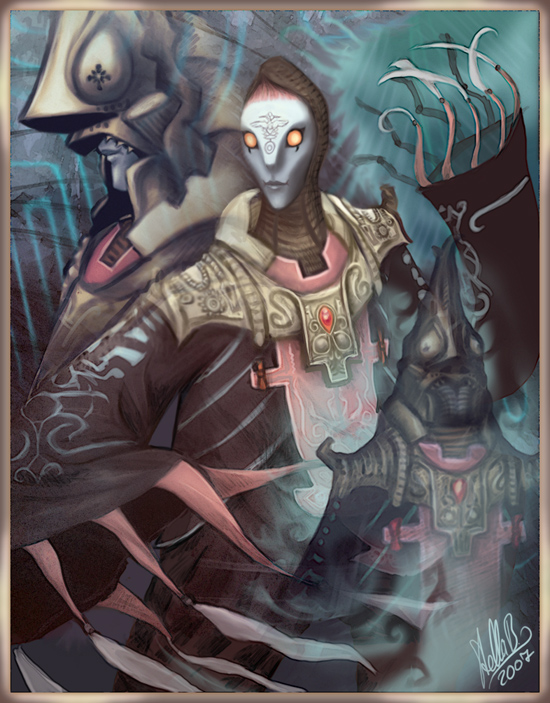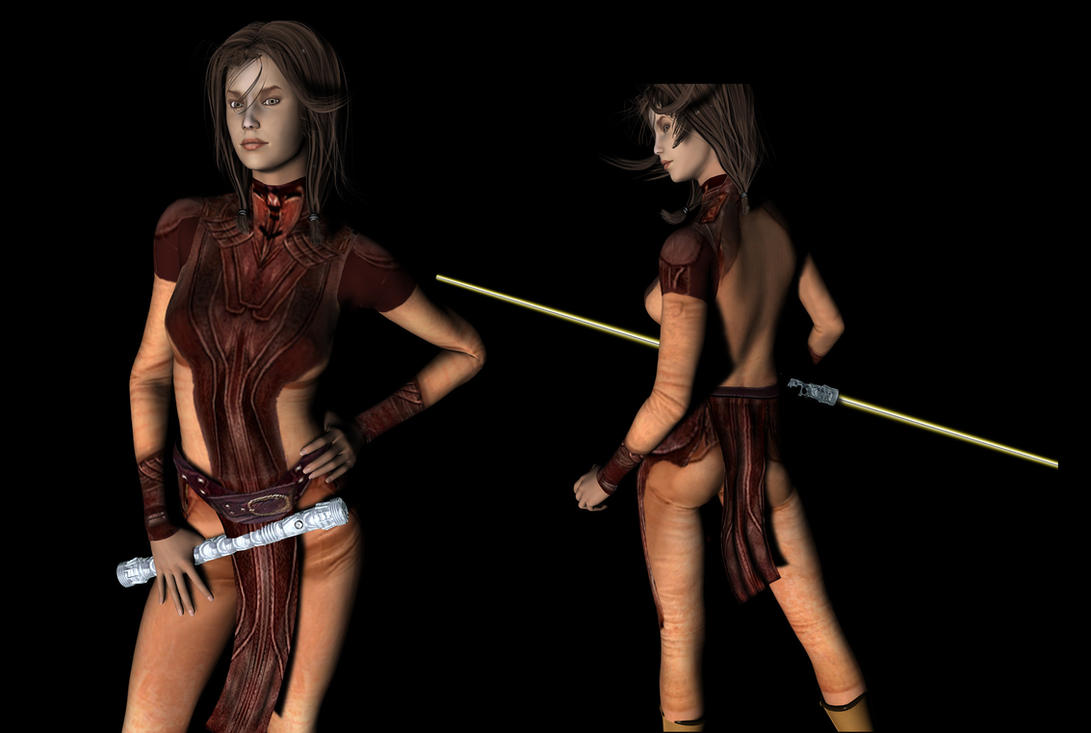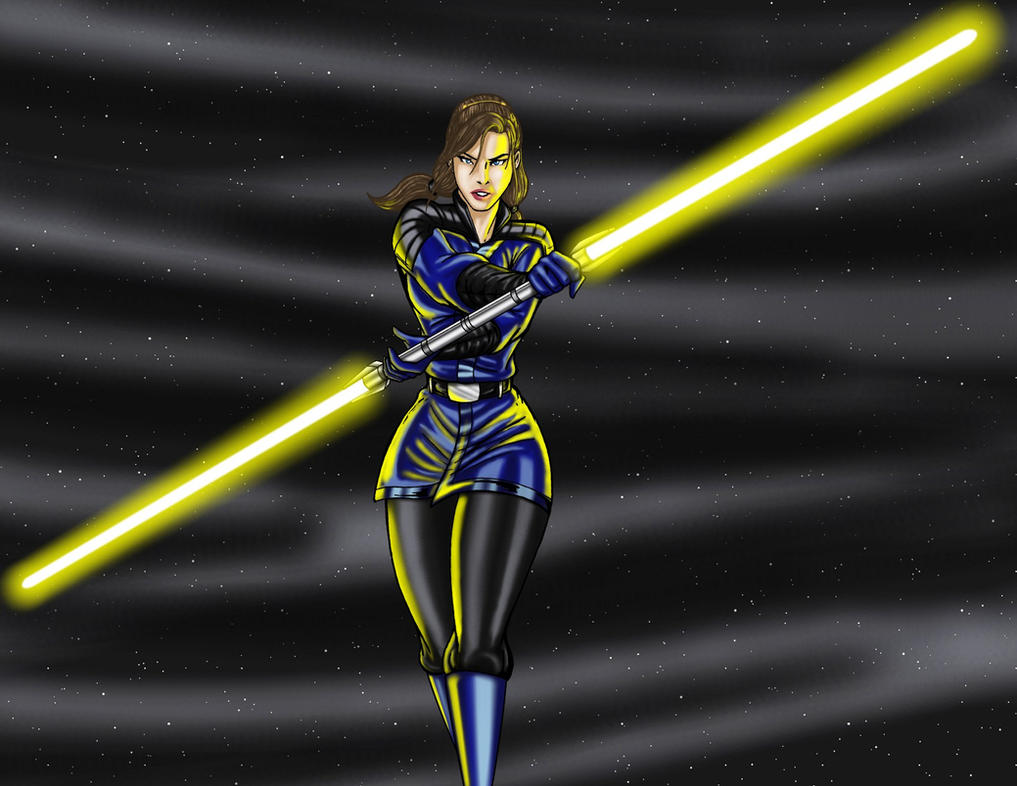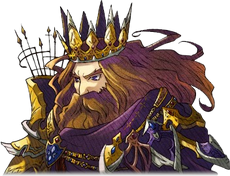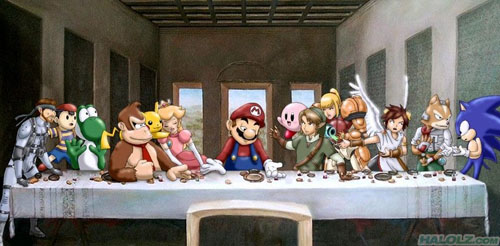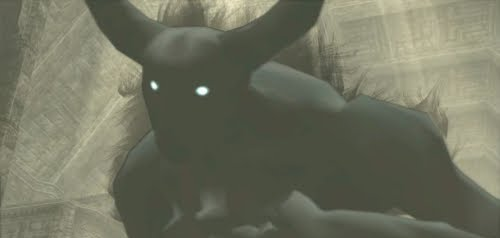 |
| The restoration of Dormin, ironically, foreshadows more decay. Credit: Team Ico Wiki |
Shadow of the Colossus is an interesting example in that the player's role in the decay-restoration cycle is not clear. Sure, Wander may be working to resurrect his love, Mono, but decay occurs all around him. The colossi, content to mind their own business, are systematically slaughtered by him, and their corresponding idols are reduced to dust. Moreover, Wander's own appearance and well-being deteriorates as he absorbs more parts of Dormin. Lastly, by reawakening Dormin, Wander produces the potential for even more degradation, as Dormin is evidently a destructive force that had to be sealed away.
The idea of decay is also present in the Forbidden Lands themselves. As Crumplecorn notes in his analysis of Shadow of the Colossus, the various pockets of lush forest or meadow within the vast wasteland of deserts, bare plains and scrub suggest the Forbidden Lands were once a thriving natural environment. With increasing habitat fragmentation, the larger species (e.g. the deer seen in the credits sequence) would have died out, but the lizards and birds remain.
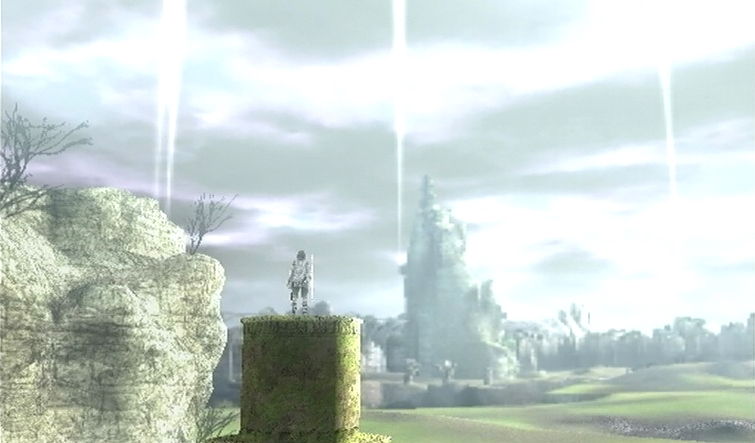 |
| The Forbidden Lands have decayed in terms of both biology and civilization. Credit: Team Ico Wiki |
Finally, the remnants of the ancient civilization that once dwelt in the Forbidden Lands are all over the place, from the third colossus's arena in the sky to the arches in the desert to the Shrine of Worship itself. One can only wonder what caused the decay of both the natural environment and the (presumably) human population. Perhaps this was the ancestral home of Wander's and Emon's people, destroyed by Dormin and abandoned once the being was sealed away. Only Fumito Ueda will ever know. ;)




